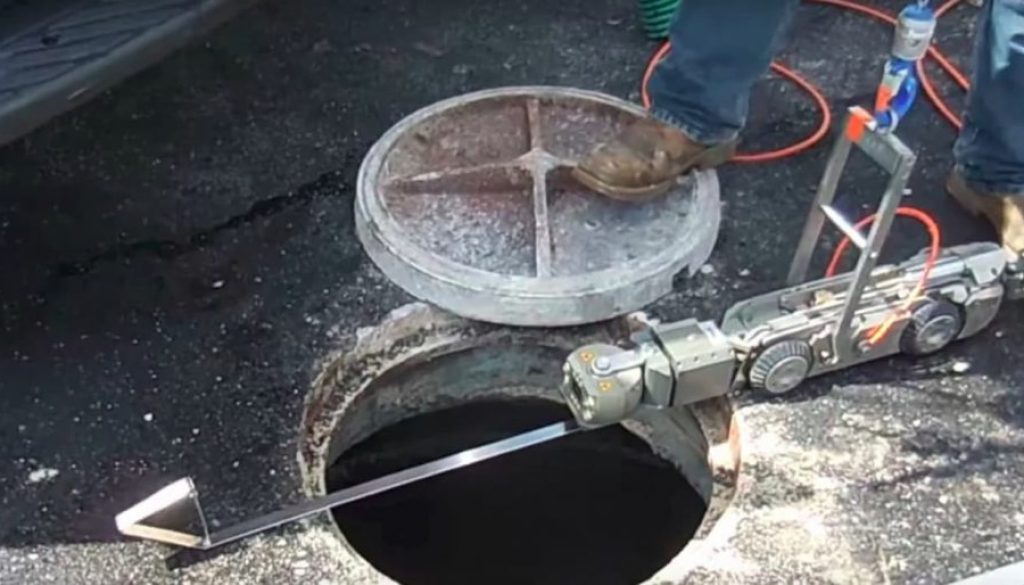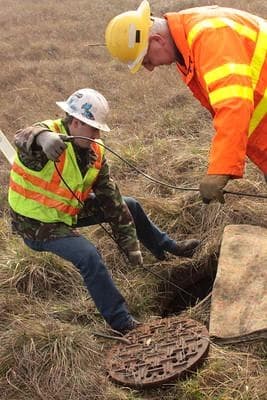Sewer inspection camera
The sewage network is very complex and delicate, since the correct functioning of the collection and transport of wastewater, rainwater and industrial water depends on it. Thus, it is extremely important to have good technology to ensure proper maintenance of this infrastructure.
In this article, we will study the role that cameras for sewer inspection play in this task.
Types of sewer inspection cameras
These cameras are introduced into the sewer network and allow data to be collected on its condition. However, not all sewer line inspections require the same cameras, so there are different options on the market.
Some types of sewer inspection cameras are:
-
Axial camera. It has a fixed position and has a self-leveling system to ensure that a vertical image is provided at all times.
-
Pan and tilt cameras. These cameras allow greater flexibility in the inspection, since they can rotate in any direction.
-
Manhole camera. Unlike the previous two cameras, this one does not run along the pipe, but is lowered through the manhole. The operator rotates the sewer camera, so that the status of the pipe on both sides of the manhole is obtained.
In addition, these devices consist of lights to illuminate the dark interior of the sewer network.
Inspection of pipes with camera
Some of today’s sewer networks are very old, making them prone to extensive deterioration, so bringing in a worker to inspect these systems can be dangerous. There are also areas where the conditions for entering the network are not accessible to workers.
In order to facilitate this important task, and to guarantee the safety of operators, sewer inspection cameras have been developed. Inspections with this type of cameras have the following advantages:
- Increases worker safety
- They save costs, as they can be done much more efficiently than if a worker had to enter the pipe to carry out the manual inspection. Moreover, they avoid construction work
- They provide visual support, so the defects are identified with greater clarity and precision, being able to give their exact location
To these advantages must be added the fact that they lead to the automation of the process. With a recording of the state of the pipe, software such as SEWDEF can be used, which is capable of analyzing the video and generating a detailed report of the state of the sewer.
This translates into savings in human time, as there is no need for an operator to spend time manually looking at the recording and then submitting a report.
Conclusions
As seen in this article, the advantages of using a camera to inspect the sewer network are very large compared to a manual inspection. The different options on the market allow the appropriate technology to be used by customizing the needs of each infrastructure.
The ease of camera inspections allows more preventive inspections to be carried out. In this way, it is possible to keep track and prevent possible accidents that are very costly to repair.
The combination of the images recorded by the sewer inspection cameras together with an automatic defect detection system such as SEWDEF, makes the inspection task much easier, and allows to have a history of the condition of the sewers.
If you want to know more about our SEWDEF system, do not hesitate to contact us.


